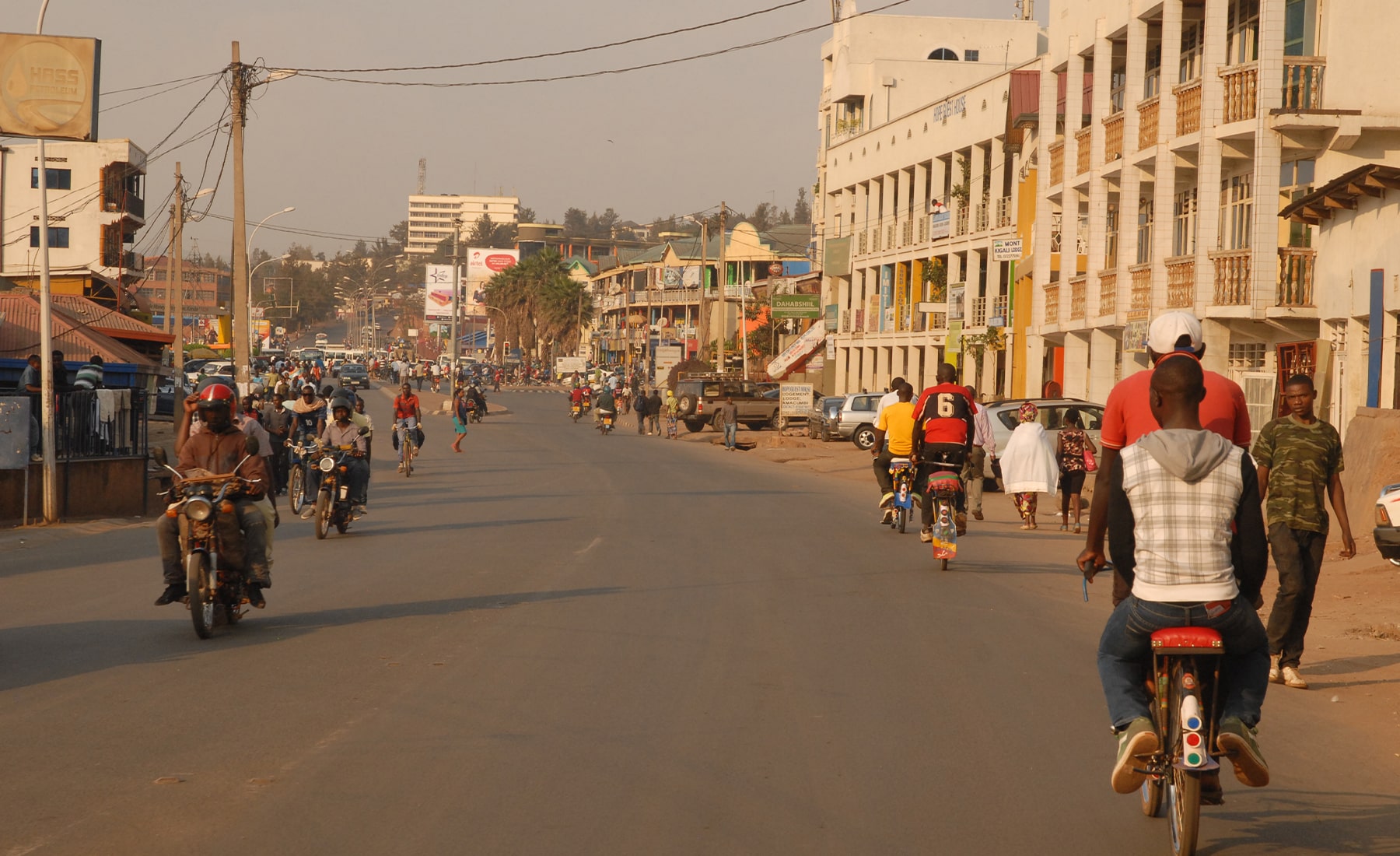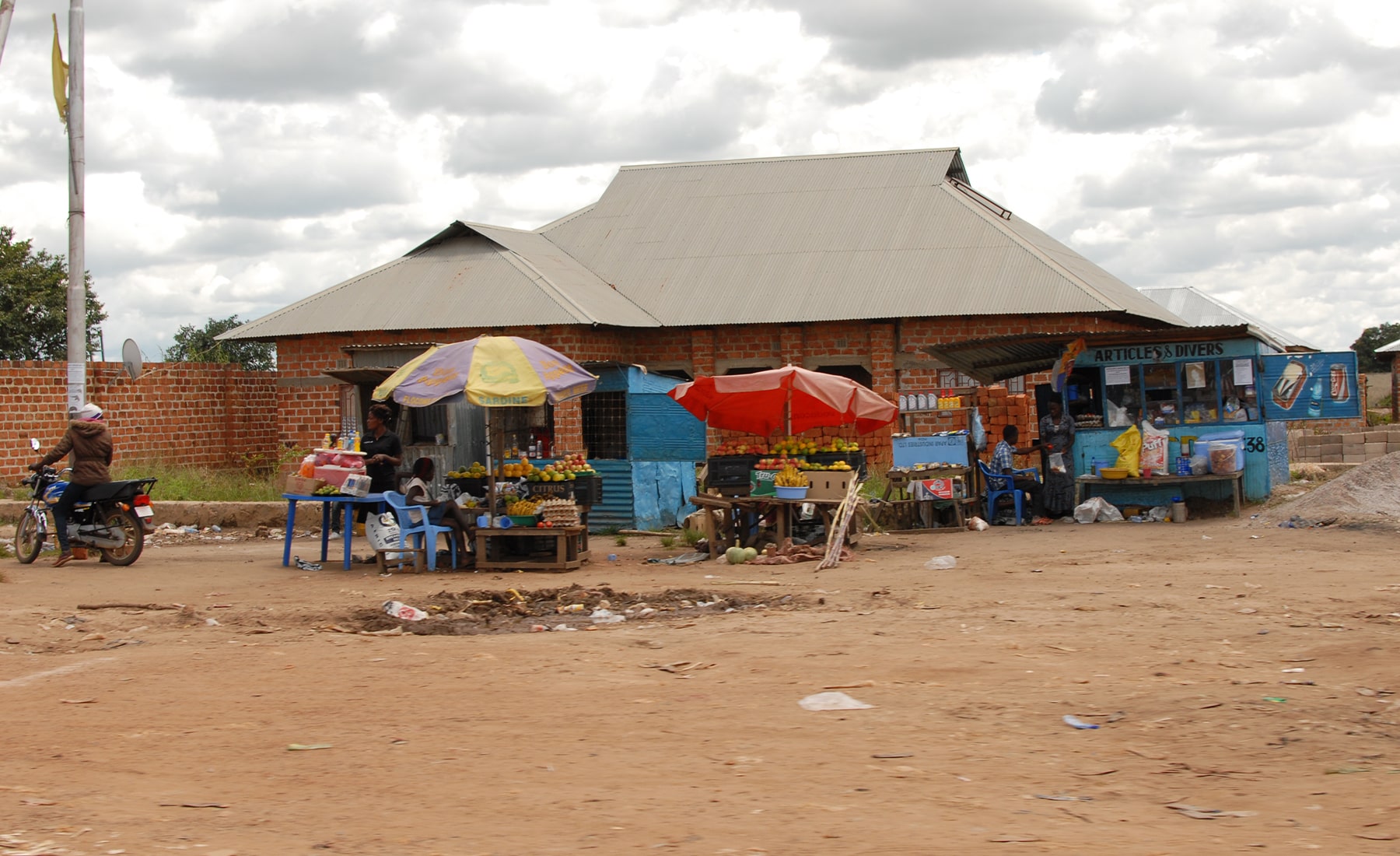
Mining and heritage: a zero-sum game?
Since 2003, industry best practice for mining companies looking to operate in heritage areas has been to adopt a precautionary ‘no-go commitment’. However, calls for a blanket moratorium do not reflect the reality of the sector; growing demand for extracted materials and the broadening coverage of heritage designation make the intersection between mining activities and heritage sites increasingly common.
It is, therefore, not constructive to consider mining and heritage as a zero-sum game. Pragmatic dialogue around how best to safeguard otherwise vulnerable heritage sites that are exposed to mining development is essential for its protection. To move these conversations forward, the first insight of this two-part series looks at reasons why and how mining can overlap with heritage, as well as some of the industry-level actions that can be taken by downstream buyers to mitigate impacts.
What do we mean by ‘heritage’ in a mining context?
The concept of ‘heritage’ emerged relatively recently and continues to evolve. Although there is no consensus, heritage sites can be defined as “sensitive, highly valued and protected locations”. Types of heritage include:
- Cultural – artefacts, monuments, groups of buildings, cultural sites (UN, 1972)
- Natural – natural features, geological and physiographical formations, natural sites (UN, 1972)
- ‘Hybrid’ – cultural landscapes (UN, 1972), aesthetics, essential ecosystem services (OECD, 2023)
Besides the aesthetic, cultural, historic and scientific contributions of these sites to human well-being, heritage is viewed “as intrinsically valuable in its own (non-utilitarian) right”. More tangibly, the survival of some communities depends on the protection of heritage. If shared identity is rooted in cultural patrimony or livelihood practices rely on the support, provisions and ‘regulation’ provided by the essential ecosystem services (i.e. elemental processes in nature that enable human life), heritage erasure poses an existential threat.
The designation of heritage status, officially or not, is contingent on “the unique and irreplaceable” natural or cultural value of a given site, “to whatever people it may belong” (UN, 1972). For the purpose of this insight, heritage is categorised according to its protection agenda:
- Preservation: to protect unspoilt sites from use.
- Conservation: to ensure the responsible use of actively used sites.
- Restoration: to return neglected or damaged sites to their previous state.
Despite occasional exceptions to the rule, restoration sites tend to be exempt from encroachment by the mining sector due to their already critical fragility. Preservation and conservation sites, on the other hand, commonly attract interest from developers when “no other viable alternatives within the region exist”.

Why does mining happen in a heritage context?
Despite disturbing less than 0.1% of the world’s land, mining increasingly converges with ecologically and culturally sensitive areas. There are several reasons for this. Firstly, demand for raw materials driven by the digital and green transitions, such as those considered strategic in governments’ critical minerals policies, is booming. Secondly, few discovered mining deposits ever reach operationality (~1 in 1000, depending on the material). Thirdly, of the deposits that satisfy the necessary feasibility criteria and compliance requirements for development, many are located in protected or sensitive natural and cultural areas; an overlap accelerated by the broadening coverage of heritage designation.
Additionally, there can be incentives to mine in a heritage context. When fewer alternative livelihoods are available, sparse local populations near preservation and conservation heritage sites can prove more tolerant of development, pose fewer objections to development in their local area during initial social licensing and demand fewer resources during ongoing social engagement as a result.
Mining projects in heritage areas might also align with governments’ development agendas. When located in isolated and underfunded areas where effective local governance is weak, mining projects can be leveraged to construct otherwise unaffordable infrastructure that is mutually beneficial to both the project and communities. When projects invest, procure and employ locally, build communities’ capacity and optimise appropriate benefit-sharing agreements (or ‘BSAs’), mining projects can serve stakeholders’ interests if correctly planned and managed.

How can mining happen in protected areas?
Environmental, social and governance expectations from across the full spectrum of private and public stakeholders are increasingly stringent, no more so than in a heritage context where these risks are heightened and concentrated. In practice, however, the protection of heritage is not always holistic.
Firstly, the designation of heritage status is biased towards natural sites over cultural ones and is unevenly distributed between high- and low-income regions, partly symptomatic of strict and costly application processes. Secondly, the coverage of protection focuses on physical protection, often at the neglect of the social, political and economic ramifications that protection entails. Thirdly, heritage protection may be more or less enshrined in law depending on a site’s heritage type and location; whilst heritage protection is absolute in some jurisdictions, it can be overridden in others if deemed in the public interest or when industrial activity is reintroduced or expanded.
In addition to these legal avenues for mining approval, heritage areas are also vulnerable to loopholes and exemptions created by bribery and corruption. Politically and financially interested government officials can sanction mining development by creatively interpreting existing regulations, ratifying constitutional amendments, pushing through legislative changes and even redrawing site boundaries in return for favourable agreements. Protected area downgrading, downsizing and ‘degazettement’ (i.e. complete loss of legal protection) is so common that the practice has its own acronym (PADDD) and dedicated tracker. Forced eviction of local communities and the intimidation of activist groups by government security forces and the military are tools of ‘legitimate’ violence that governments can also employ to facilitate mining’s encroachment on heritage areas.

Minimising the impact of mining in heritage areas
The responsibility for protecting heritage extends beyond NGOs and relevant government agencies; mining in a heritage context is a reality in the sector and its protection requires proactive efforts from actors along the supply chain. As reflected in the UN’s World Heritage Convention, “it is incumbent on the international community as a whole to participate in the protection of cultural and natural heritage of outstanding universal value”.
Downstream companies have the potential to shape the legal and political agenda around mining in heritage areas by joining industry associations, supporting progressive legislation and lobbying governments towards mining reform. When leverage is restricted by order volumes (proportionally to competitors), supply chain complexity and geographic separation from extractive activities, brands purchasing materials (directly or indirectly) can nevertheless foster collaboration between industry peers. Doing so helps to level the playing field and eliminate the protection of heritage as a competitive factor. First movers can build a positive reputation, gain a competitive advantage and incentivise competitors to follow suit.
The same applies to upstream actors, who should not limit their efforts to the minimum requirements of regulation and industry schemes. In addition to collaboration, mining companies have direct control over the development of heritage areas and are best positioned to reconcile conflicting interests. Fortunately, the release of the timely Handbook On Environmental Due Diligence In Mineral Supply Chains (2023) helps tackle the current disconnect between the industry’s reductionist narrative around heritage protection and the mining sector’s growing footprint. By providing foundational guidance in line with Steps 2 and 3 of the OECD’s 5-step due diligence framework, the Handbook facilitates responsible decision-making throughout the project lifecycle and addresses the “fundamental need to preserve the balance between (people and nature)”.
Look out for the second insight of this two-part series where we explore what responsible mining practices that are compatible with heritage look like on the ground. We will consider who (which upstream stakeholders) can do what (which solutions), when (at which mine lifecycle phases) and where (in which contexts) to identify the risks to heritage and prevent, mitigate and remediate their potentially adverse impacts. Drawing on the practical measures in the OECD Handbook and the ICMM’s concept of mitigation hierarchy, as well as industry case studies and Kumi’s sectoral knowledge, the second Insight will demonstrate how the interests of mining and heritage need not necessarily be a zero-sum game.

